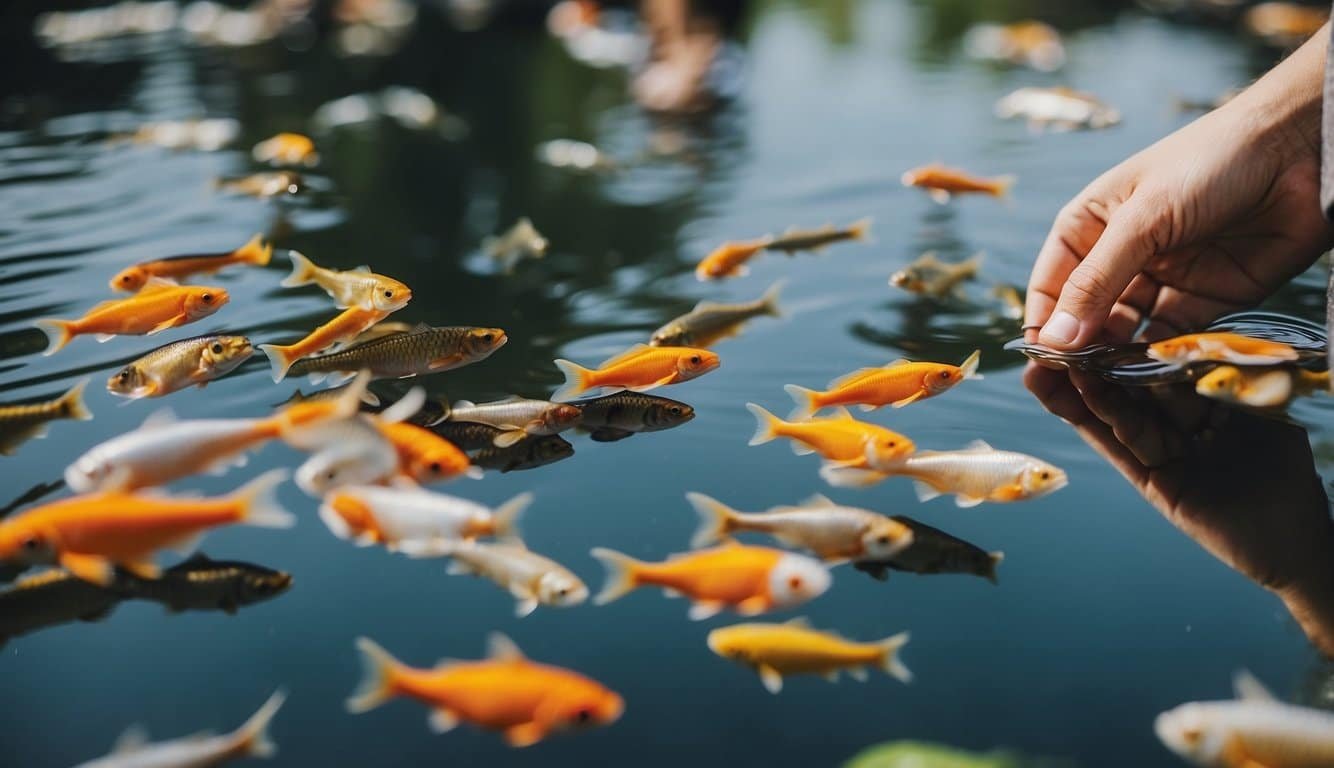Understanding Fish

To truly appreciate the incredible diversity of fish, one must explore their intricate anatomy, vast classifications, and evolutionary journey. Each aspect reveals unique adaptations that have enabled fish to thrive in aquatic environments across the globe.
Anatomy and Physiology
Fish exhibit a fascinating range of anatomical and physiological traits that allow them to navigate the aquatic world. Key features include gills for breathing underwater, scales that offer protection and aid in movement, and fins which serve as the primary mode of locomotion. Many species possess a swim bladder, an internal gas-filled organ that helps maintain buoyancy. The lateral line is another intriguing feature, a sensory organ that detects vibrations and movement in the water, helping fish to avoid predators and locate prey.
Classifications of Fish
Fish are typically categorized into three main groups based on their skeletal structure: jawless fish (like lampreys), cartilaginous fish (including sharks and rays), and bony fish which represent the majority of species. Bony fish are further subdivided into ray-finned fish and lobe-finned fish, which include the noteworthy lungfish and ancient coelacanths.
Evolution of Fish
Fish boast an evolutionary history that spans over 500 million years, with the earliest fish ancestors paving the way for the vast array of species we see today. These ancestors also set the stage for the evolution of tetrapods, four-limbed vertebrates that eventually gave rise to amphibians, reptiles, birds, and mammals. The transition from water to land involved significant changes, such as the development of limbs in place of fins and advancements in respiratory systems, which are evident in living lungfish that can breathe air.
Within these subsections, the article can highlight various fascinating entities such as the stealthy hunting tactics of marine predators, the symbiotic relationships in freshwater habitats, the vast size range from tiny gobies to the massive whale shark, and the ongoing research to understand the muscle growth in fish to optimize aquaculture. It can also touch upon conservation efforts informed by understanding fish habitat ecology, ensuring the sustainability of fish populations for future generations.
Fish in the Ecosystem
Fish play crucial roles within ecosystems, contributing to the biodiversity and serving as essential links within food chains across various aquatic environments, from coral reefs to the open sea.
Diversity and Distribution
Fish exhibit a stunning array of adaptations allowing them to thrive in diverse habitats. Marine environments boast species like colorful parrotfish that graze on algae, ensuring the health of coral reefs, while freshwater ecosystems are home to fish such as trout and salmon, which often migrate significant distances contributing to nutrient cycles. Camouflage is a common trait among many fish, aiding in both predator avoidance for prey species, and stealth for predators like sharks and eels.
Role in Food Chains
Fish are integral to aquatic food chains, often serving as both prey and predators. At lower trophic levels, small fish and planktonic species provide food for larger species, including economically important fish like salmon and trout. Apex predators such as sharks and rays help maintain balance by preying on weaker members of the fish community, thereby contributing to the overall health of the marine ecosystem. The removal of keystone species can lead to significant shifts in the structure and function of these ecosystems.
Human Interaction with Fish

Human interactions with fish range from essential activities like fishing for sustenance to recreational engagements such as maintaining aquariums. Both impact fish species and ecosystems differently, presenting challenges for conservation and enjoyment opportunities for people.
Fishing and Consumption
Fishing is a critical activity that satisfies a significant part of human dietary needs, pulling vast amounts of fish from bodies of water around the world. With diverse fish species caught for food, the industry has seen practices evolve from small-scale artisanal setups to large-scale commercial ventures. The high demand often leads to overfishing, compromising fish species‘ survival and affecting aquatic ecosystems.
One notable issue concerning body temperature regulators is maintaining the balance in the water after large quantities of fish are removed. This can affect the remaining fish’s breeding patterns, often preventing species from laying eggs or causing shifts in the body temperature that fish can withstand.
- Sustainable practices aim to counter overfishing effects by setting quotas and protecting specific breeding grounds.
- Example: A practice like rotational fishing allows certain areas to recover, fostering a rich breeding environment for fish.
The effects of human-fish interaction can extend to the health and viability of fish populations, with sustainable fishing practices being crucial to protecting these aquatic residents.
Aquarium and Recreation
Aquarium keeping offers a different type of human-fish interaction focused on recreation and education. Fish keepers manage water temperature and quality closely to mirror the natural habitats of the fish, endeavoring to create a sustainable mini-ecosystem within the aquarium.
- Species selection for an aquarium is crucial; some fish thrive in captivity, while others do not.
- Conservation efforts often encourage the propagation of endangered species within aquariums, aiding in their survival.
Additionally, the interaction with fish in aquariums has been found to have therapeutic effects on humans, contributing positively to mental health and well-being.
Meanwhile, ichthyology is the field that focuses on the study of fish, including their behavior, physiology, and the impacts of human activities. This discipline often informs decisions about fish conservation and helps promote practices to ensure healthy fish populations for both commercial and recreational purposes.
Enriching experience with fish is not only a matter of food and fun but also an important part of understanding aquatic life, educating about fish, and inspiring conservation efforts.

